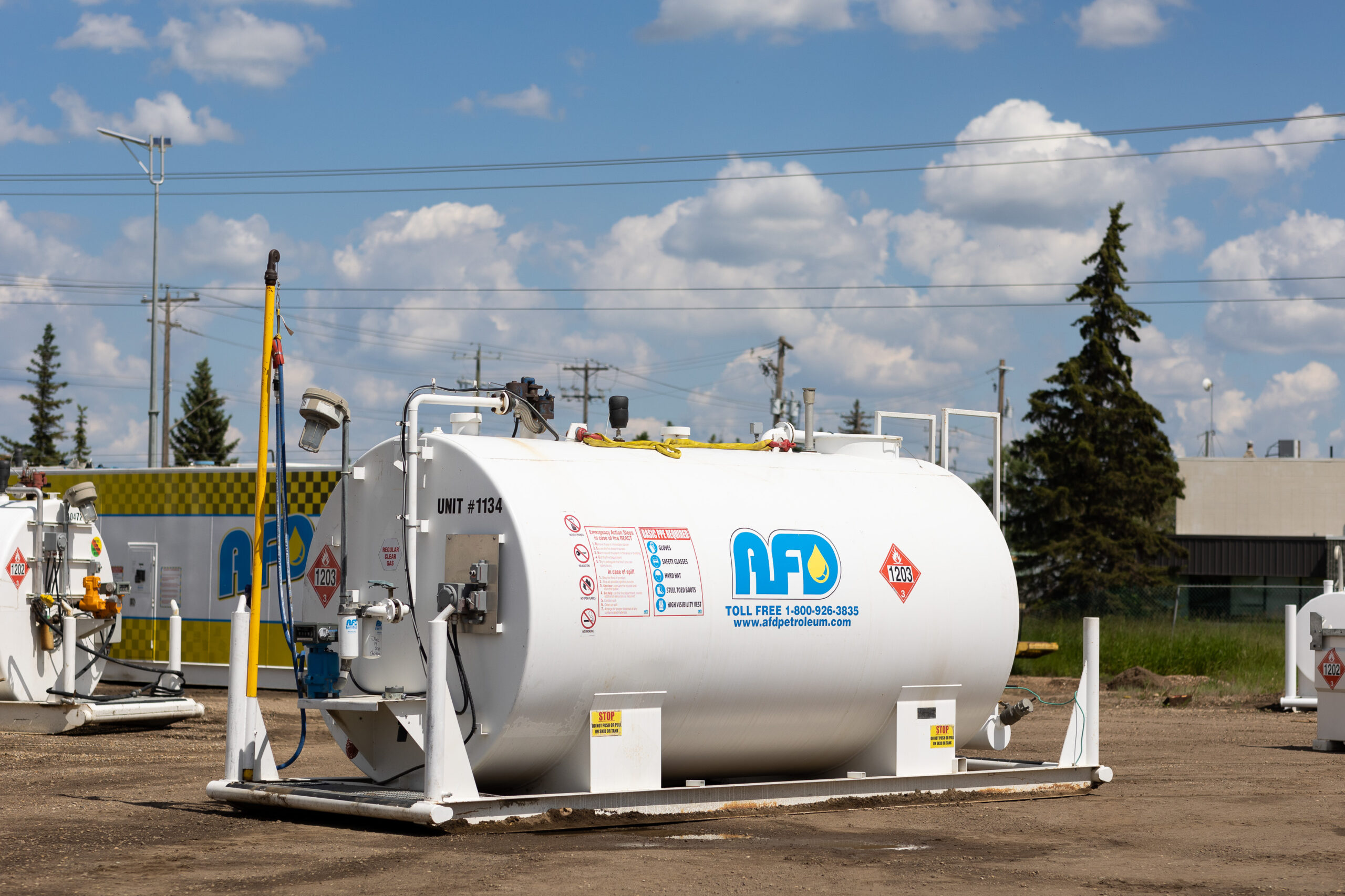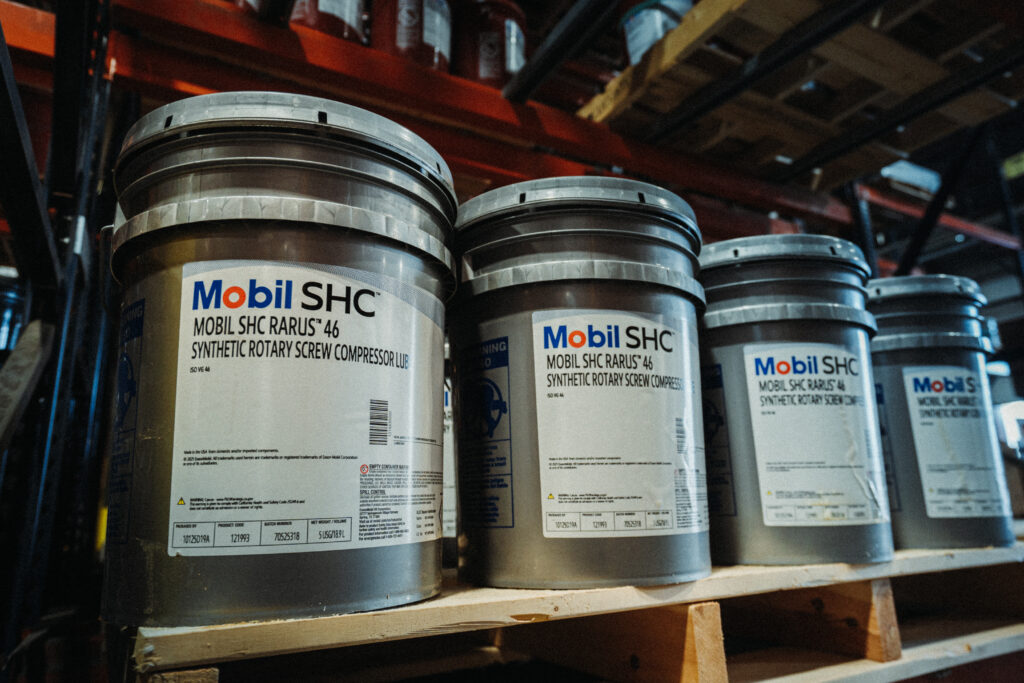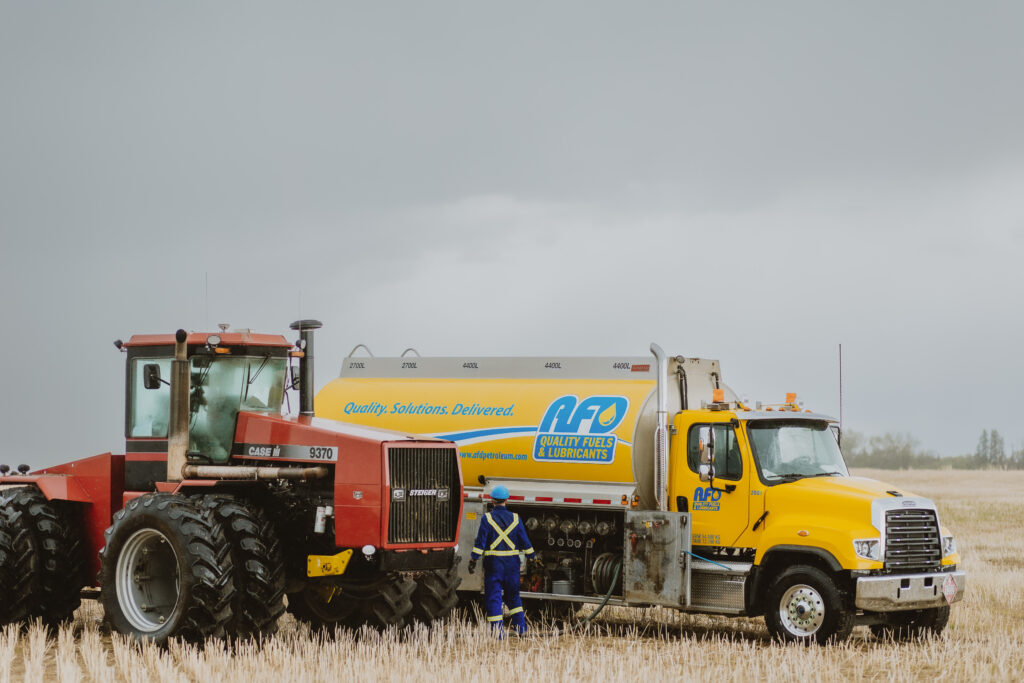Remote Fuel Tank Monitoring: FAQ
Remote fuel tank monitoring is transforming how businesses track and manage their fuel supply. With real-time insights, automated alerts, and centralized data access, these systems help reduce costs, improve efficiency, and prevent costly disruptions.
If you’re considering a monitoring solution, you probably have a few questions. Below, we’ve answered the most common FAQs about remote fuel tank monitoring systems to help you understand how they work and why they matter.
1. What is a remote fuel tank monitoring system?
A remote fuel tank monitoring system uses smart sensors and wireless communication to deliver real-time data on your tanks. It tracks fuel levels, temperature, consumption rates, and more—all from a secure, centralized platform you can access anywhere.
2. How does remote fuel monitoring work?
Sensors installed in your tanks measure key metrics like fuel volume and conditions. That data is sent wirelessly to a cloud-based dashboard, where you can view it in real time. The system generates alerts and reports, so you can manage fuel inventory proactively instead of reactively.
3. What are the benefits of remote fuel monitoring?
Businesses that use remote monitoring systems see major advantages, including:
- Real-time visibility – Always know exactly how much fuel you have on hand.
- Cost savings – Prevent over-ordering or running out of fuel, which can stall operations.
- Improved security – Get alerts for unusual activity, such as sudden drops in fuel levels.
- Higher efficiency – Automate manual tracking, freeing your team for other critical work.
4. Can remote monitoring prevent fuel theft?
Yes, modern systems detect unusual activity—like sudden fuel depletion or after-hours access—and immediately alert you. This allows you to act fast, minimizing losses from theft or unauthorized use.
5. Is installation difficult?
Not at all. Most remote monitoring systems are designed for straightforward setup. At AFD, our technicians handle the installation and provide hands-on training for your staff, so your team is comfortable using the system from day one.
6. How often does a fuel monitoring system need maintenance?
Routine maintenance ensures accuracy and longevity. A yearly checkup is recommended, though many systems come with remote diagnostics. This means issues can often be identified and resolved before they impact your operations.
7. Will the system work with my existing fuel management software?
Yes, many remote monitoring systems are built to integrate with existing software platforms. At AFD, our solutions are designed for seamless integration, so you can view and manage all your data in one place.
8. Can I monitor multiple tanks at once?
Absolutely, these systems are fully scalable. Whether you have one tank or hundreds across multiple sites, you can track them all from a single dashboard.
9. Does it work for both aboveground and underground tanks?
Yes, remote fuel monitoring is compatible with both aboveground and underground tanks. At AFD, we customize each system to fit your unique setup and operational needs.
10. What type of data can I access?
A remote monitoring system gives you detailed insights, including:
- Current fuel levels
- Tank temperature
- Consumption and usage trends
- Low-level alerts and reorder reminders
- Historical data for forecasting and cost analysis
Take Control of Your Fuel Management
Remote fuel tank monitoring takes the guesswork out of fuel management. By giving you real-time data, alerts, and long-term insights, it helps you cut costs, improve efficiency, and secure your operations.
At AFD, we provide customized fuel monitoring solutions tailored to your business. Our team will help you install, integrate, and maintain your system so you can focus on running your operations with confidence.


